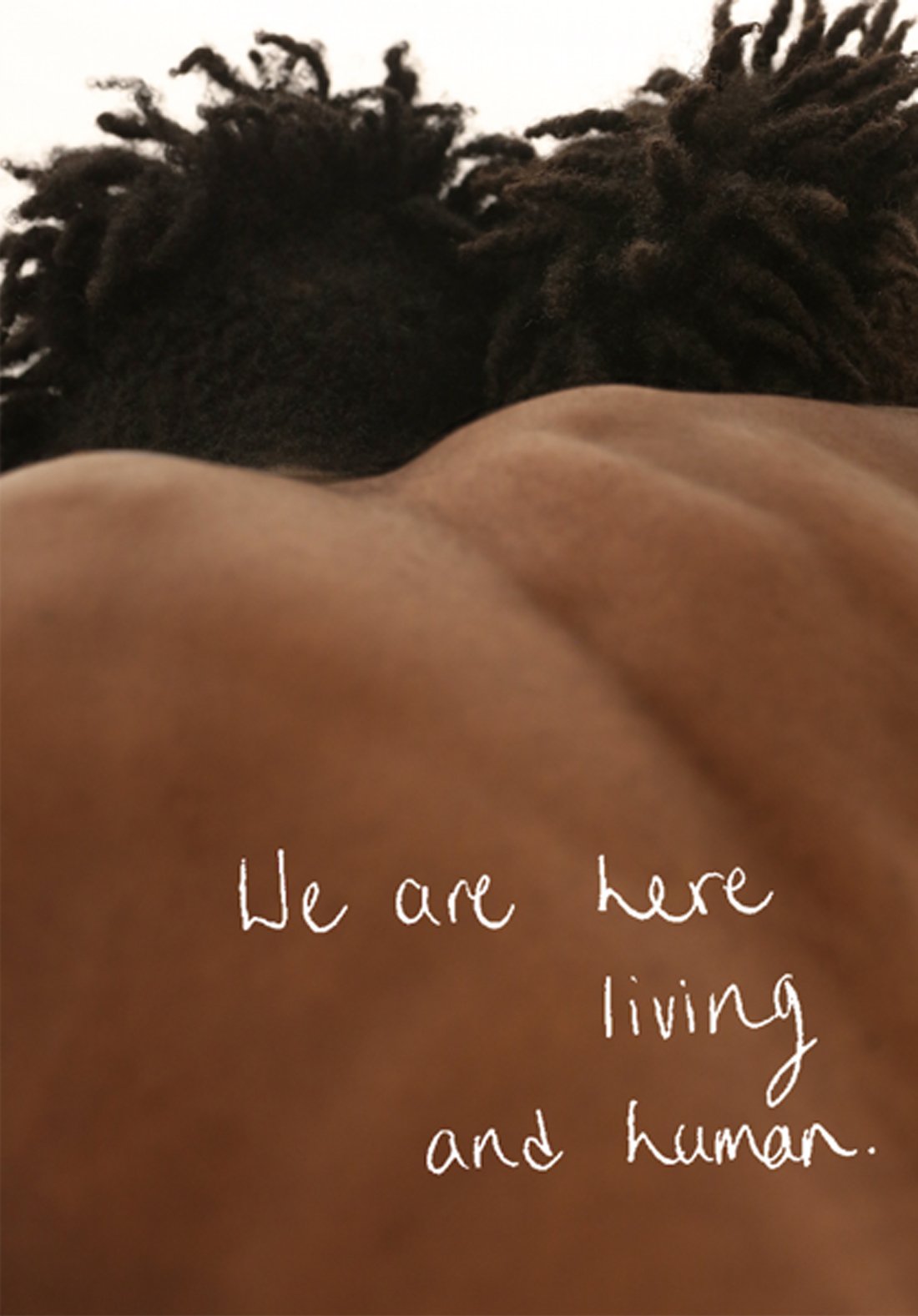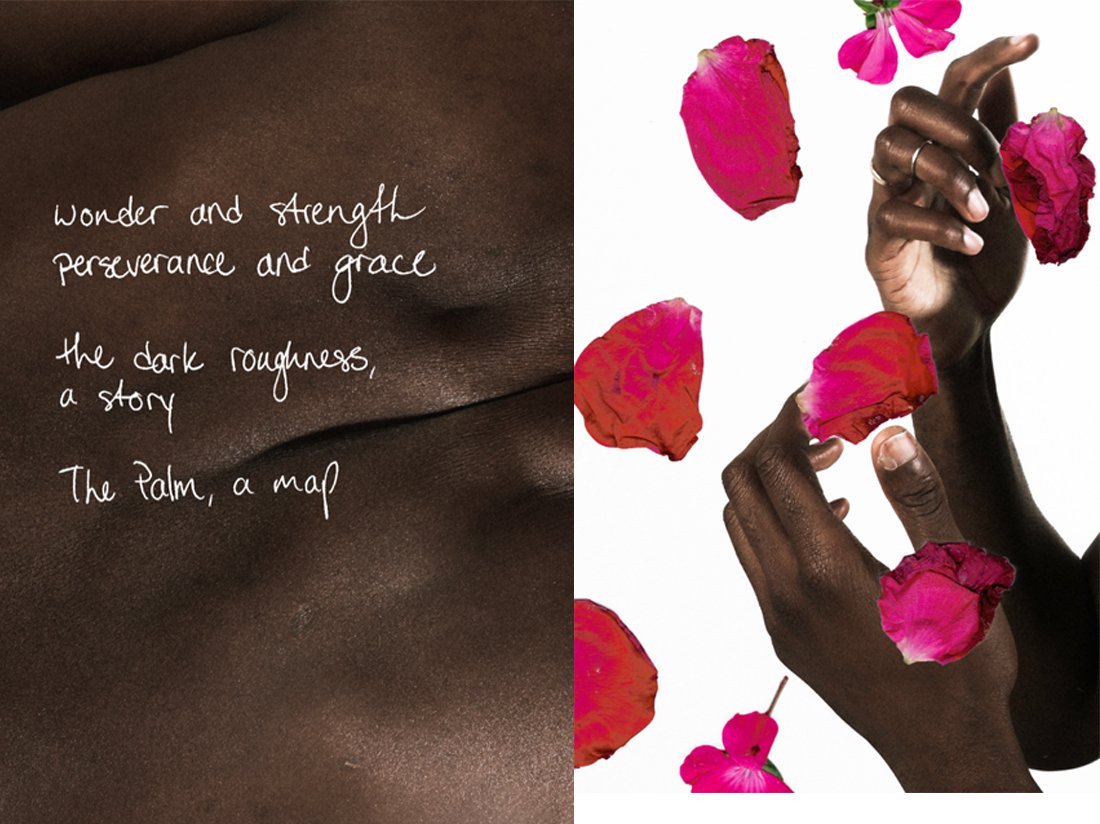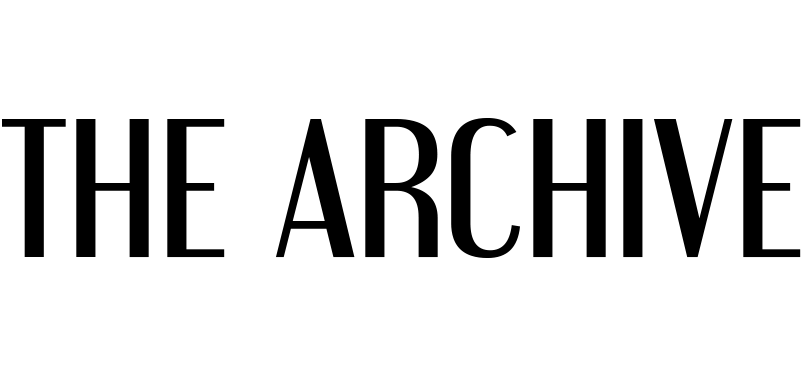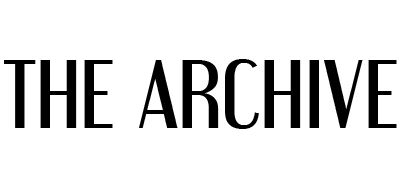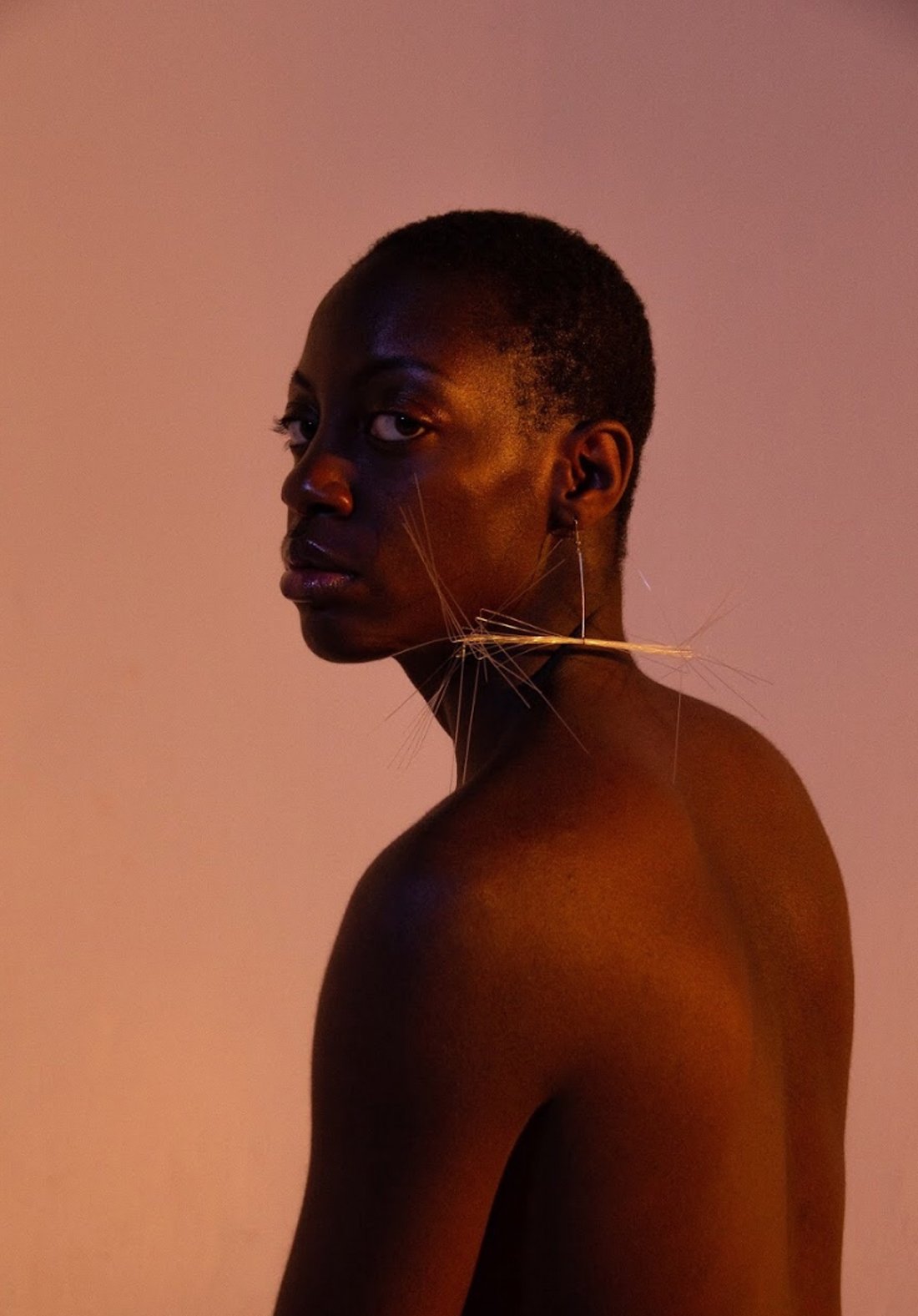
Driven by curiosity, this independent and interdisciplinary artist explores themes of vulnerability, identity, and spirituality in her work. Get to know more about her in this short interview.
THE ARCHIVE: Being an interdisciplinary artist, how would you describe your general style in 3 words?
RENEE: All of my works seem very different to me so I don’t think I can pinpoint my style just yet. We’ll go with “work in progress”.
TA: As you use many different techniques to represent your art, how do you choose between photography, collage or other techniques when starting a project?
R: I get restless when it comes to mediums so if the last project I did was photography for example I’m likely to move on to sculpture or drawing, something more tangible.
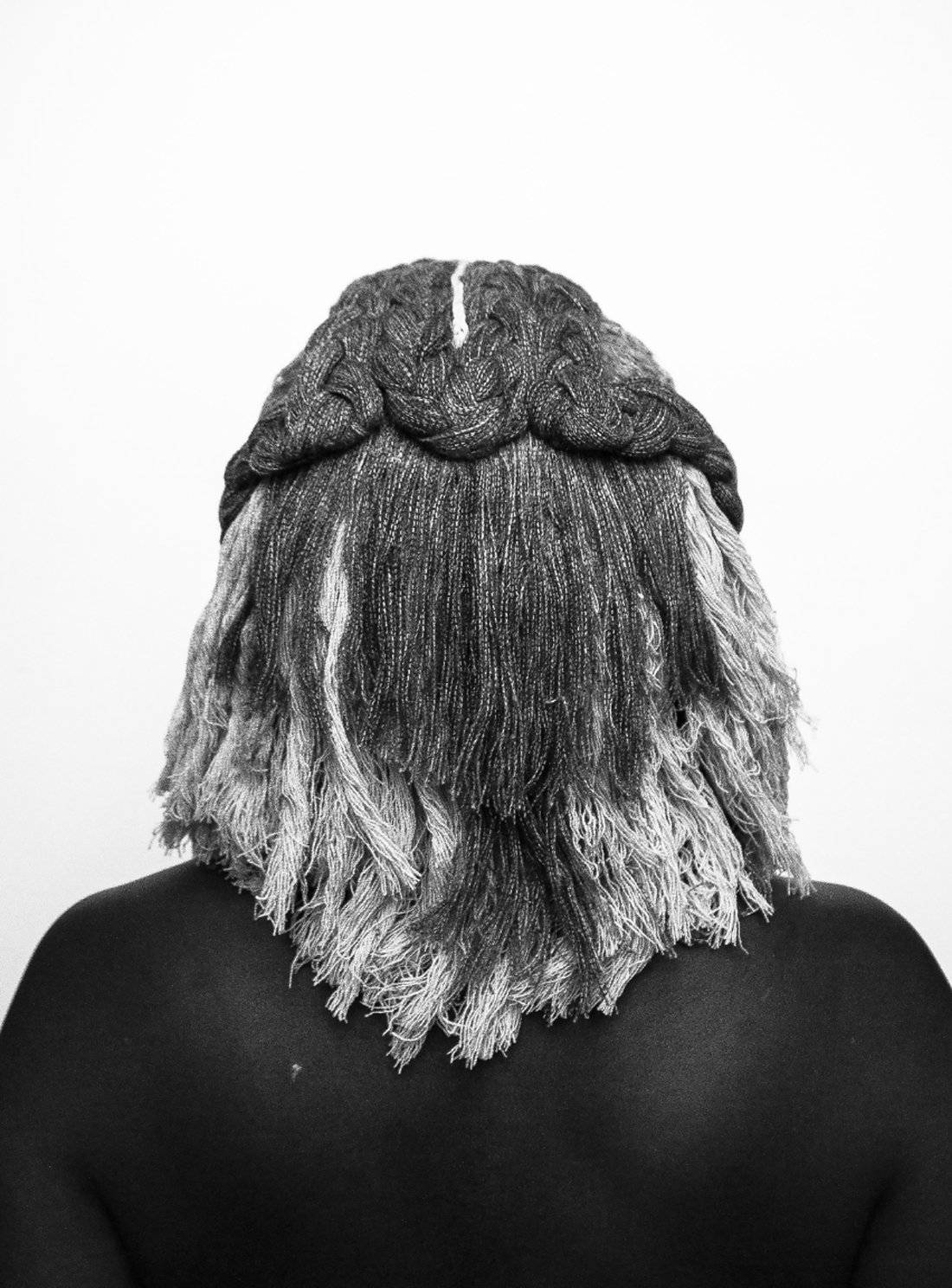
TA: Do you like to mix and match these techniques or do you rather prefer to stick to only one throughout a project?
R: One technique will almost always lend itself better than others but I’m not against mixing, sometimes it’s necessary.
TA: What do you want your art to tell the world?
R: I create for myself and as a reflection of the world. I’m more interested in how people interpret the work because it’s so varied depending on people’s life experiences. That’s one of my favourite parts of being an artist is engaging conversation and listening to the audience.
TA: We saw your latest work “Plastic Future”, could you tell us a bit more about this project?
R: I didn’t create the photographs, Kelvin Mendie did. I was behind the sculptures. The idea for Plastic Future came from a lot of despair about the future of the world and the thought that motherhood is something I may never get to experience though I’ve always wanted to. The process of making the sculptures was similar to the Denim Wigs project in that it was destructive and cathartic. As for the photos we approached it as a maternity shoot but left the set bare to mirror the desolation feeling. It’s not a happy project.
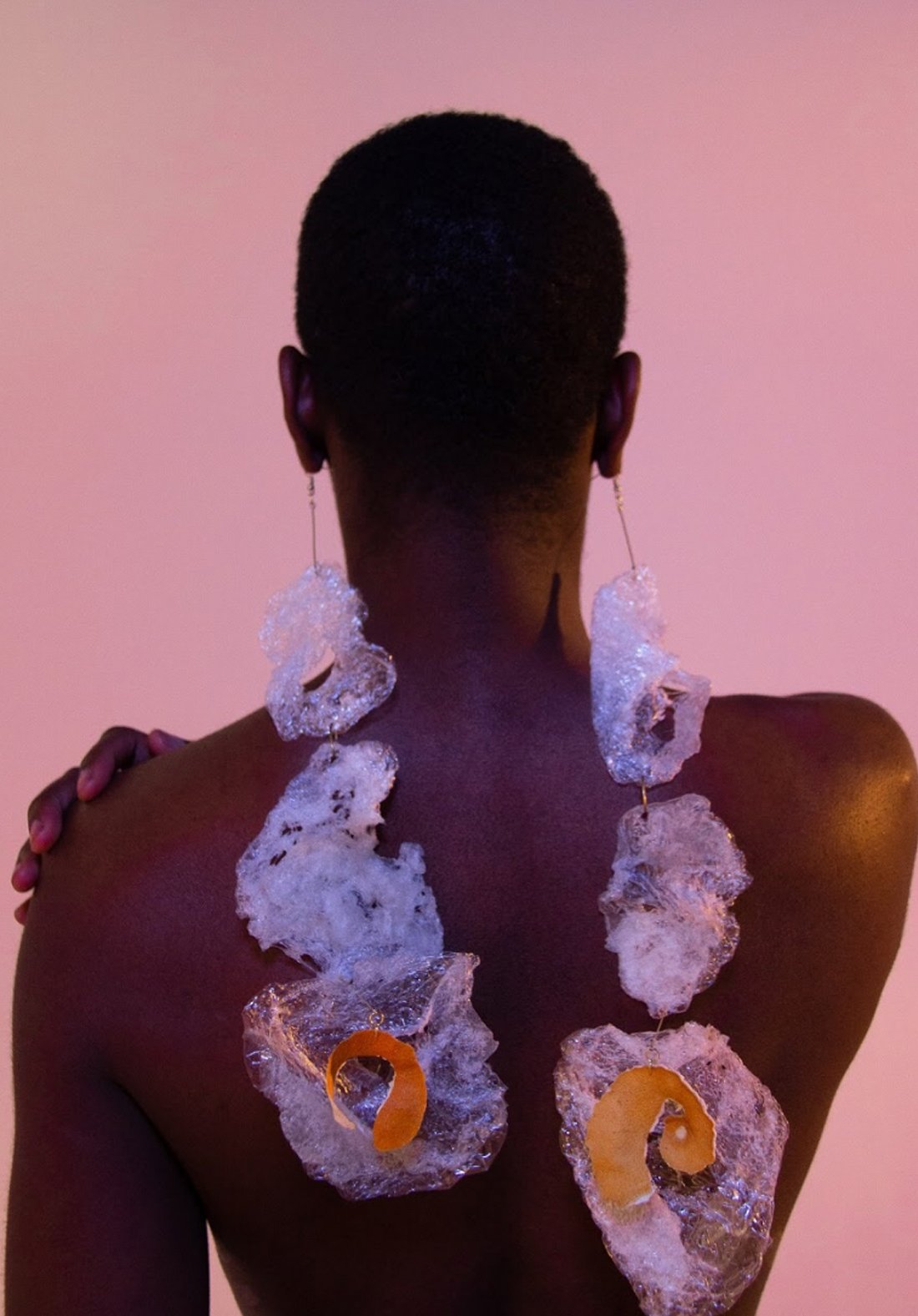
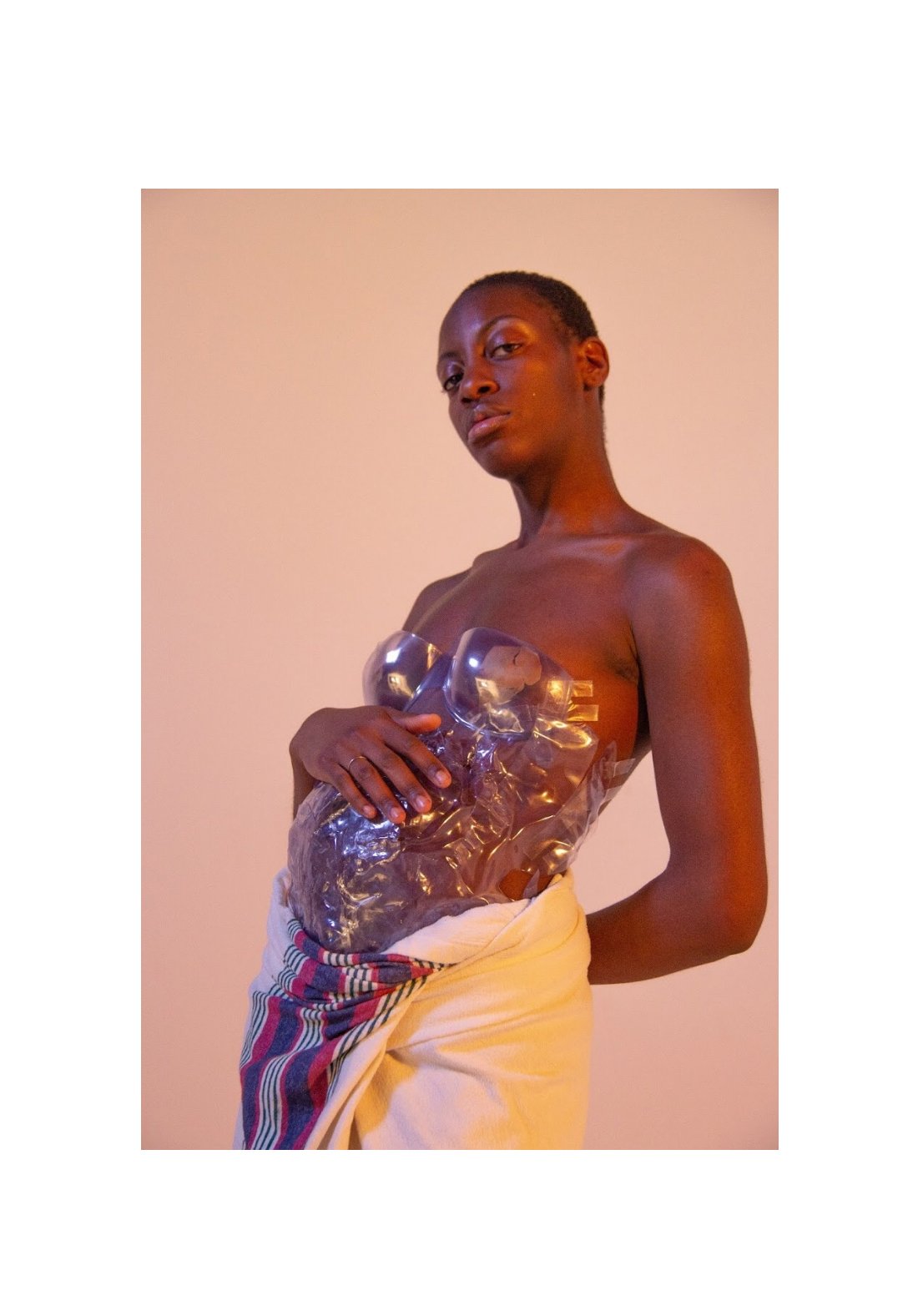
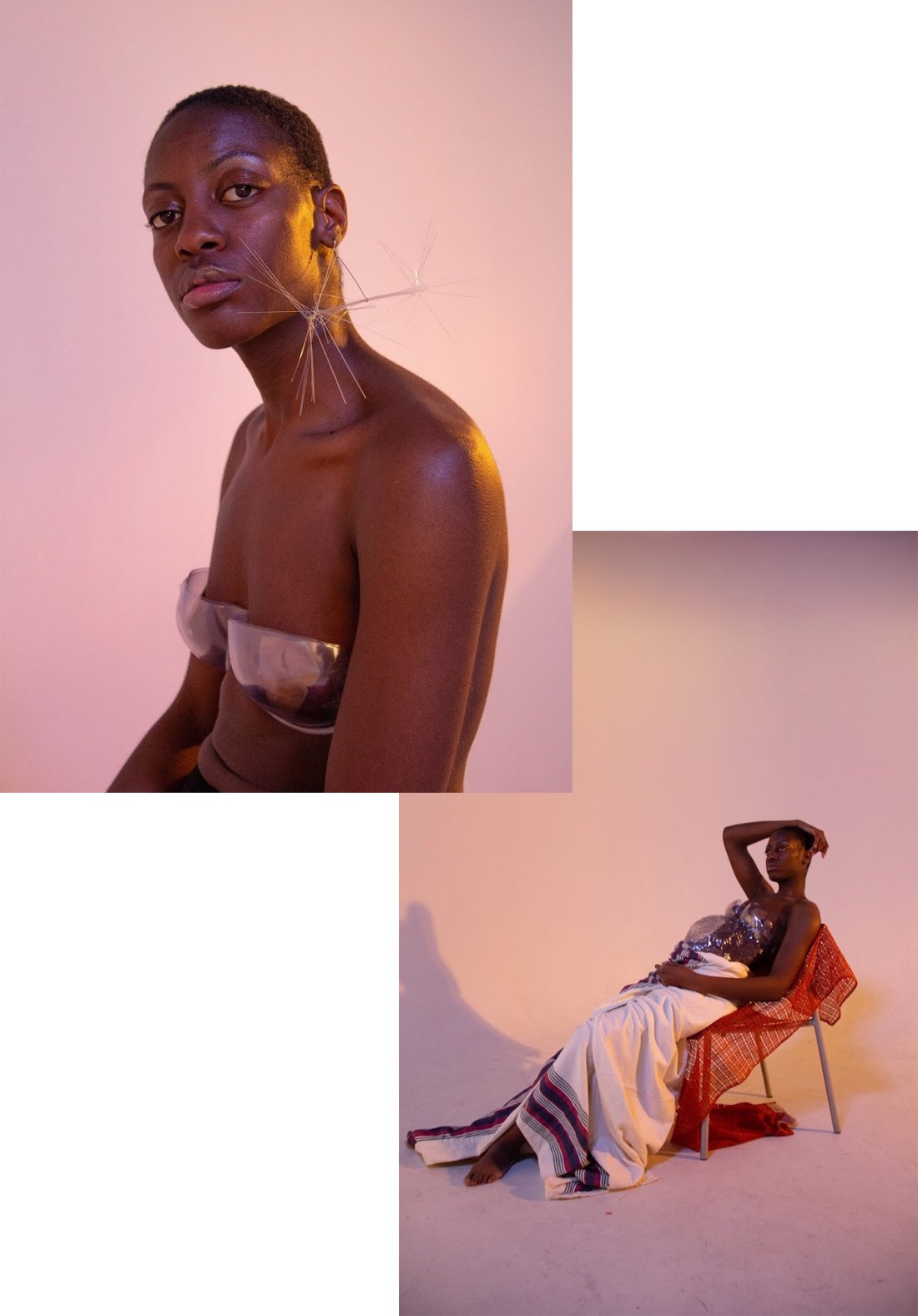
TA: About your collages, what comes first, the idea/statement or the final image?
R: It depends on the piece but usually the final image. When it comes to collage I have a very intuitive process and I try not to force anything, let the image become what it is, and then decode it.
TA: What is innovation to you? How do you achieve being innovative in a world where everything seems to already exist?
R: I think you have to surrender to the idea that nothing is new. It’s a fine line that we’re walking in our current times. We’re so far into human history that everything is either a repetition or reiteration of something that’s already been done. That being said we are still human and these reiterated ideas still have an individual touch. It’s important to the artist but maybe not to the whole of history and I think that’s ok. I’m trying to move away from the idea of wanting to be a history making artist. I think especially now that we’re seeing all these firsts in history that there’s a pull to be one of them. Everyone wants to be the first to do, make, or see something and that’s not possible.
TA: What are you currently working on? Anything you could already share with us?
R: At the moment I’m backpacking so I’ve had to adapt my art practice accordingly. I have little to no storage space so works have to be compact and light and my studio is whatever dorm bed I’ve rented for the night. I’ve been experimenting more with drawing and digital work because it suits the criteria. However I’m trying to put less focus on production and more on absorbing new experiences and visual cultures.
